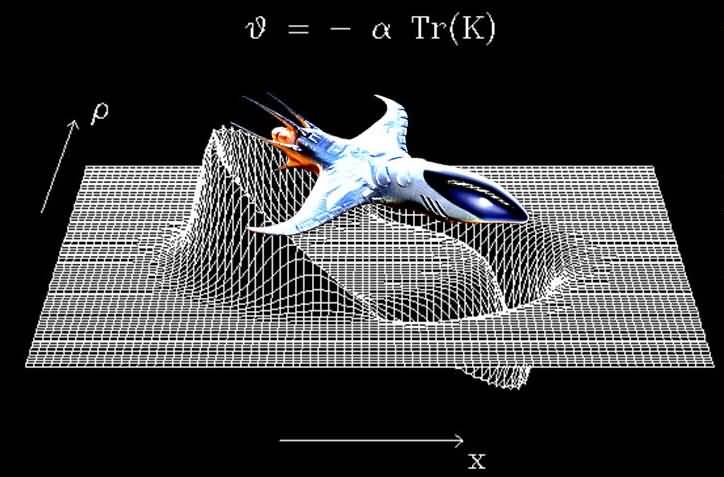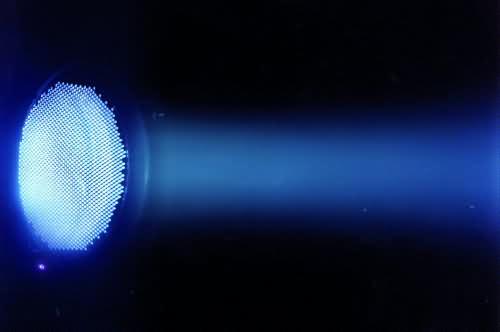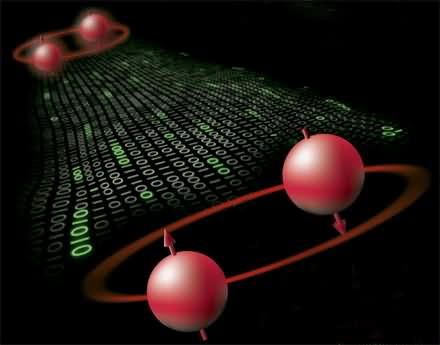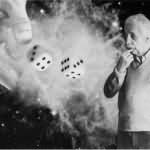Mission Impossible – Let's Catch Some Particles of Light
Here's our question. Light packets, or photons, travel at a speed of 300,000 km per second. In other words, they cover a distance of 300,000 km per second (if you could move at that speed, you could circle the Earth seven times or reach the moon in one second). Let's say you're also moving at the speed of light. I said, "let's say so." After reaching that speed, you start tracking the photons. What happens in this situation? Think about it for a moment.
According to the old Newtonian laws, in such a situation, photons would appear stationary to us (we couldn't actually see them in such a situation. After all, the act of seeing involves photons imparting energy to the electrons of the material they interact with after they hit something. The electron ascends to a higher orbit and releases energy as it descends back to its original location. And it's this energy, the photon, that hits our eye.) But the problem is, such a thing isn't possible for us, or for anything else moving at the speed of light. Which of us has ever collected photons in our hands?
This was a much-discussed issue during Einstein's time, but it remained unresolved. Einstein also began to think about this. When he discovered the theory of relativity, he solved this problem but also fundamentally challenged many ideas. But that's not our focus right now.
According to the theory of relativity, no matter how fast you move, the speed of light will always move away from you or towards you at a constant speed. So, even if you move at the speed of light, the speed of light will move away from you at a constant speed. Therefore, you can never capture photons, which are packets of light.
 I don't know if you've thought about it, but this immediately came to mind for me. If I'm moving at the speed of light, and there's a particle of light moving in the same direction I'm going, and it's also moving away from me at the speed of light, it could mean something like this: If I travel 300,000 km in 1 second, then it travels a distance of 600,000 km.
I don't know if you've thought about it, but this immediately came to mind for me. If I'm moving at the speed of light, and there's a particle of light moving in the same direction I'm going, and it's also moving away from me at the speed of light, it could mean something like this: If I travel 300,000 km in 1 second, then it travels a distance of 600,000 km.
I asked Zafer Emecan about this. He explained it well, and I'm passing it on to you. (I'd like to thank him here.)
Now, if you could reach the speed of light, time would slow down dramatically for you. In other words, while one second passes for you, 100 seconds pass for others. This is the relativity of the theory of relativity. Time and motion are relative. So, to you, it appears you're traveling 300,000 km in 1 second, but outside, you appear to be traveling 300,000 km in 100 seconds. Therefore, you're actually moving slower. This is why you still can't keep up with the light particles. But from your perspective, outside, you're actually moving side by side with the light particle.
Is it confusing? :) It gets even more complicated when you delve into the details. But that's where the fun comes in. That's all I have for today. If you're free, I'll draw something up again.









